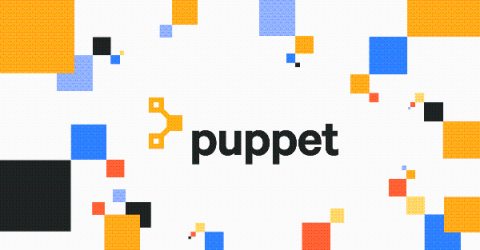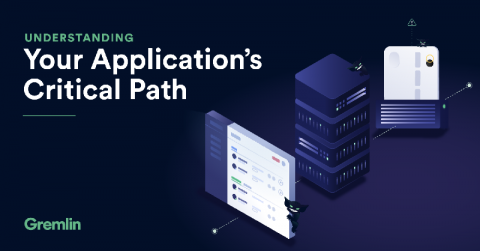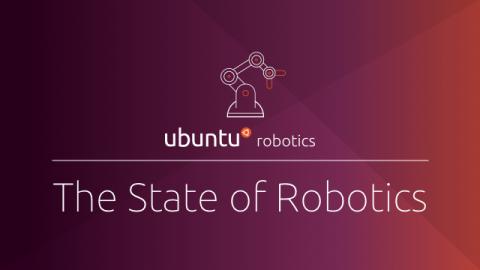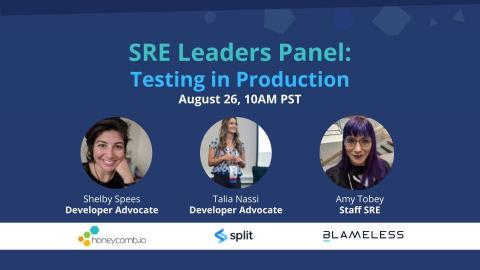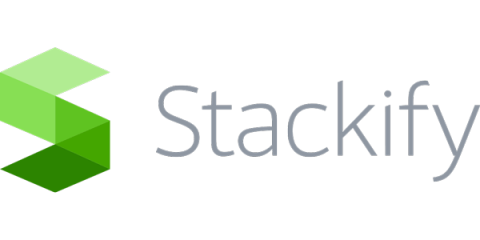Automation and changing needs, featuring Forrester
In an ever-changing world, the future of work is changing as well, and it has accelerated some areas of automation that we were already moving toward. I sat down with our guest speaker, Leslie Joseph, Principal Analyst Serving Application Development and Delivery at Forrester Research, for a webinar to discuss these questions and get a better understanding around how automation plays an important role in supporting companies through crises and preparing them for an uncertain future.


